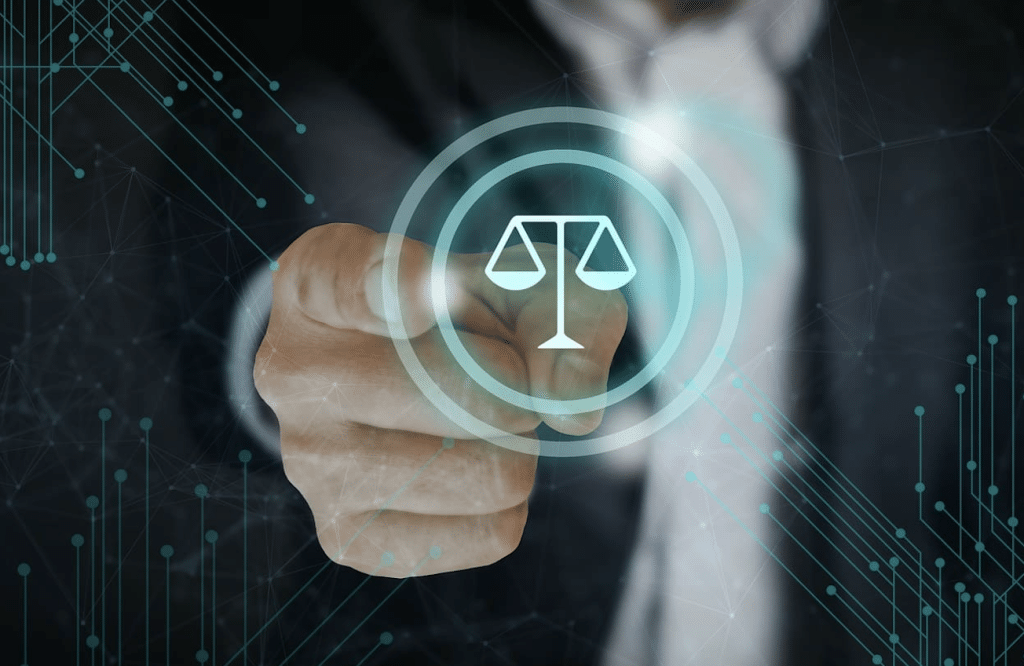The image of a personal injury lawyer buried under stacks of paperwork is quickly becoming a thing of the past. In today’s fast-moving, digitally driven world, legal professionals are evolving alongside the very technology reshaping the rest of society. This transformation isn’t about flashy websites or trendy apps—it’s about using technology to make legal services more responsive, personalized, and empowering for clients.
Modern personal injury lawyers are no longer just courtroom advocates; they are also digital strategists, data analysts, and tech translators. With the rise of virtual platforms, real-time evidence gathering, and data-driven legal tools, lawyers are redefining what client service looks like. Injured individuals now expect more than just representation—they want information, support, and results delivered with speed and transparency. Tech-savvy lawyers are stepping up to meet that demand, bridging the gap between legal tradition and digital transformation.
Digital Documentation and the Power of Wearables
As stated by a leading law firm, one of the most powerful shifts in personal injury law involves how evidence is collected and presented. Smart devices like fitness trackers, wearable heart rate monitors, and even smartphones can provide minute-by-minute insights into a client’s condition. These data points—steps missed, sleep disrupted, heart rate spikes—are now making their way into courtrooms as compelling digital evidence that supports pain and suffering claims.
Lawyers who understand how to interpret this kind of information gain a clear edge in negotiating settlements and presenting their cases. Dashcam footage, GPS logs, and even accident detection apps further enhance the ability to prove liability and damages. By embracing digital documentation, lawyers can bypass outdated manual systems and provide judges and insurers with clearer, more objective narratives. In short, wearables are becoming silent witnesses, and personal injury attorneys are learning to listen.
Remote Lawyering: Accessibility in the Age of Virtual Consultations
The pandemic accelerated the use of remote consultations, but many personal injury lawyers were already experimenting with video calls and virtual case management. Now, these tools are essential. Injured clients—especially those recovering at home or with limited mobility—no longer have to travel for every meeting. Instead, they can connect from their phones or laptops, saving time and energy while receiving high-quality legal counsel.
Virtual consultations also democratize access to justice. Clients in rural or underserved areas can now work with top-tier firms across state lines without incurring travel expenses or waiting weeks for appointments. Firms that invest in mobile-optimized portals, secure messaging, and paperless onboarding are showing clients that convenience doesn’t come at the cost of care. In fact, it enhances the experience. Today’s most effective lawyers are the ones who meet clients where they are—digitally and emotionally.
AI, Algorithms, and Case Predictions
Artificial intelligence is starting to play a significant role in the legal industry, and personal injury law is no exception. AI tools are now being used to assess case viability, predict settlement amounts, and even analyze judicial patterns. By running thousands of past case outcomes through machine learning algorithms, lawyers can craft smarter, more strategic litigation plans. This isn’t about replacing legal intuition—it’s about strengthening it with data.
However, with great power comes great responsibility. Ethical attorneys must remain aware of the limits and biases embedded in these technologies. While AI can streamline processes and guide decisions, the human element still matters most. Clients don’t just want efficiency—they want empathy. The best lawyers use AI not as a crutch but as a co-pilot, helping them focus more on personal communication and less on paperwork. In the right hands, technology enhances trust rather than undermining it.
Client Education Through Content and Tools
Today’s clients aren’t just passive recipients of legal help—they’re active participants. Personal injury lawyers are responding by providing educational resources that empower clients to make informed decisions. From interactive compensation calculators to explainer videos on the claims process, digital tools are helping clients feel more in control. When individuals understand their legal rights, they’re better prepared to advocate for themselves and collaborate effectively with their attorneys.
Moreover, content marketing is no longer just about SEO. Smart firms are investing in blog posts, podcasts, webinars, and social media channels that demystify complex legal topics. These educational assets not only attract potential clients but also build trust with current ones. A firm that explains the science of traumatic brain injury or the timeline of a settlement process proves that it’s thinking beyond billable hours—it’s committed to long-term impact. In the digital age, client education is the new currency of credibility.
Conclusion – Advocacy in the Digital Age
The world of personal injury law is evolving, and the most forward-thinking attorneys are leading that change by embracing technology at every step. From wearable tech that records vital evidence to AI-powered case evaluations, the tools of the future are already shaping how justice is delivered today. These advancements aren’t just trends—they’re catalysts for deeper client connection, better outcomes, and more efficient service.
Yet, technology alone isn’t enough. The heart of personal injury law remains human: a lawyer who listens, a client who hopes, a case that matters. What’s different now is that innovation makes it easier to focus on those human moments. Tech-savvy attorneys are using tools not to replace empathy, but to elevate it. In doing so, they’re not just helping people heal—they’re showing the legal world what it means to innovate with purpose.
